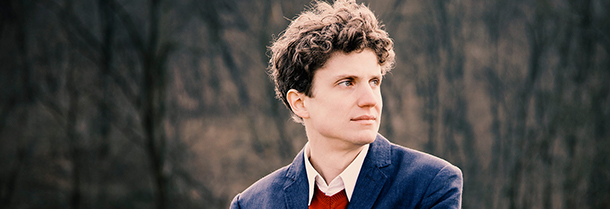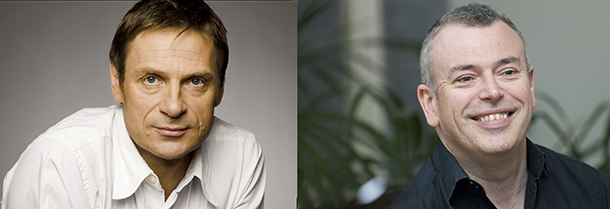Tag: Sunday
-

PROGRAM NOTES: SCHAGHAJEGH NOSRATI
Johann Sebastian Bach GOLDBERG VARIATIONS BWV 988 Historical Background Such was Bach’s mastery of his musical materials that he was often tempted to explore a particular genre or compositional technique in a systematic way by providing a quasi-exhaustive compendium of its possibilities. Fugue, for example, is represented in the two books of The Well-Tempered Clavier…
-

PROGRAM NOTES: NIKOLAJ ZNAIDER & ROBERT KULEK
Ludwig van Beethoven Sonata for Violin & Piano in G major Op. 30 No. 3 “Who are you, and what have you done with Ludwig van Beethoven?” Such is the question that Beethoven enthusiasts raised on the Pathétique Sonata, the Fifth Symphony, and the late quartets might wish to ask of the musician responsible for…
-

PROGRAM NOTES: SHEKU KANNEH-MASON & ISATA KANNEH-MASON
Gaspar Cassadó Suite for Solo Cello Gaspar Cassadó is hardly a household name, but he was one of the great cellists of the twentieth century, active as a performer, composer and transcriber for his instrument. Born in Barcelona in 1897, he was discovered at the age of nine by a young Catalan cellist just starting…



